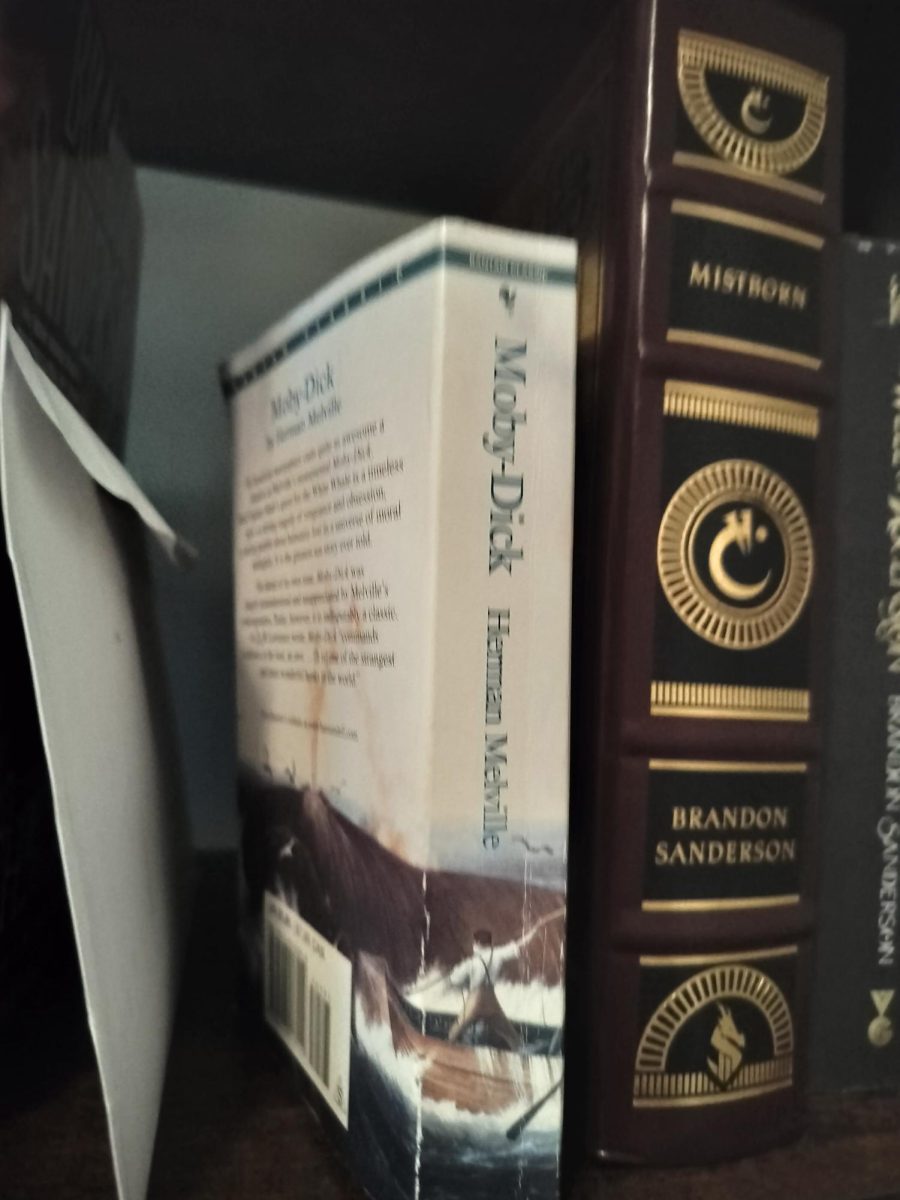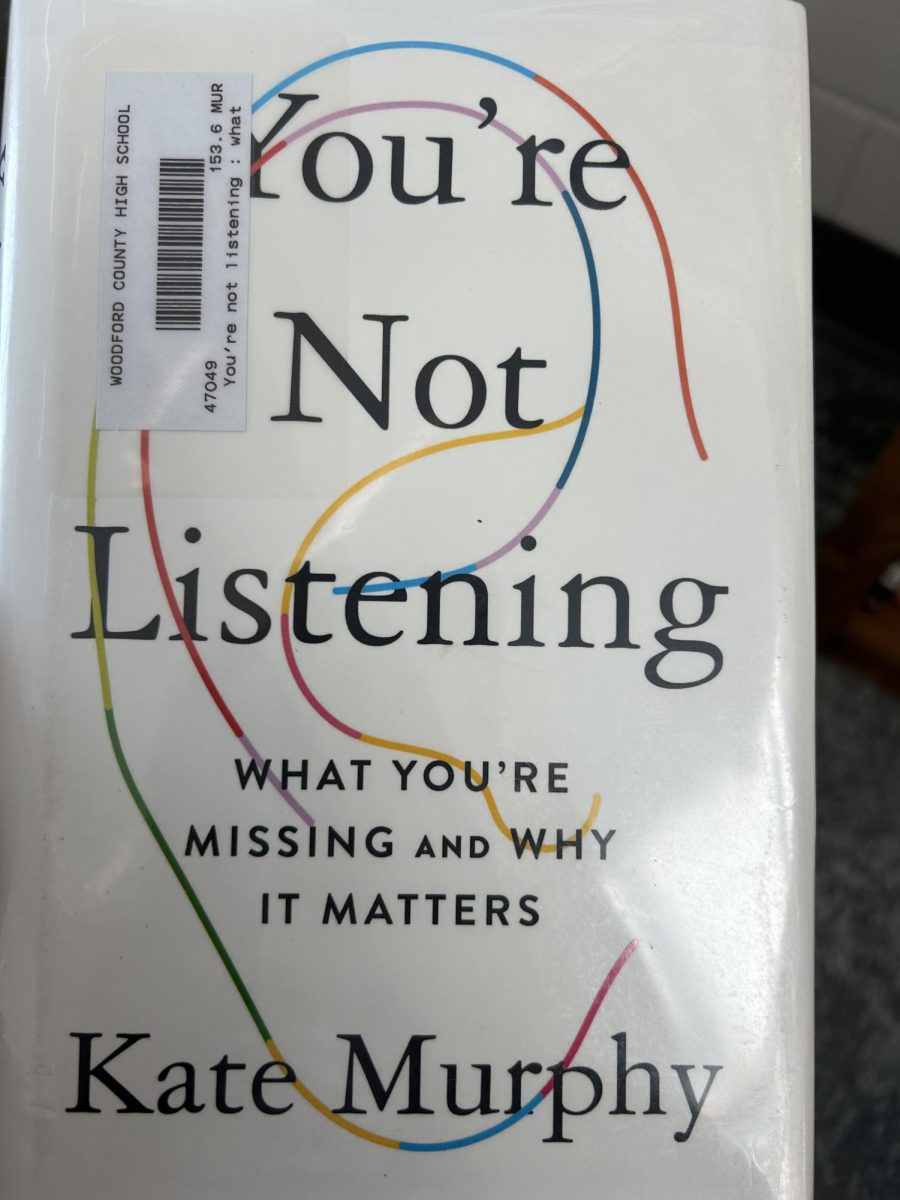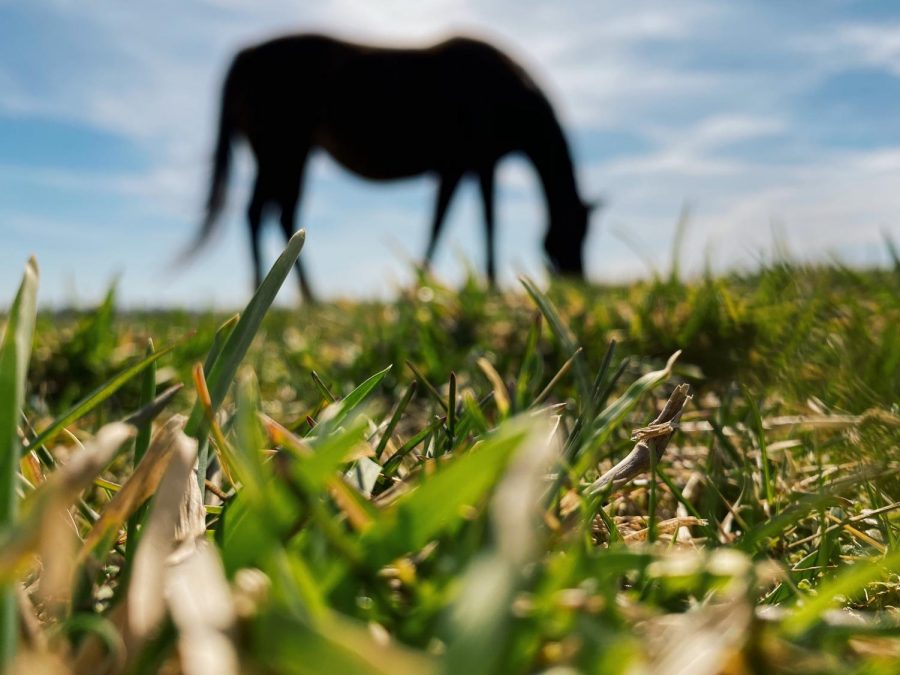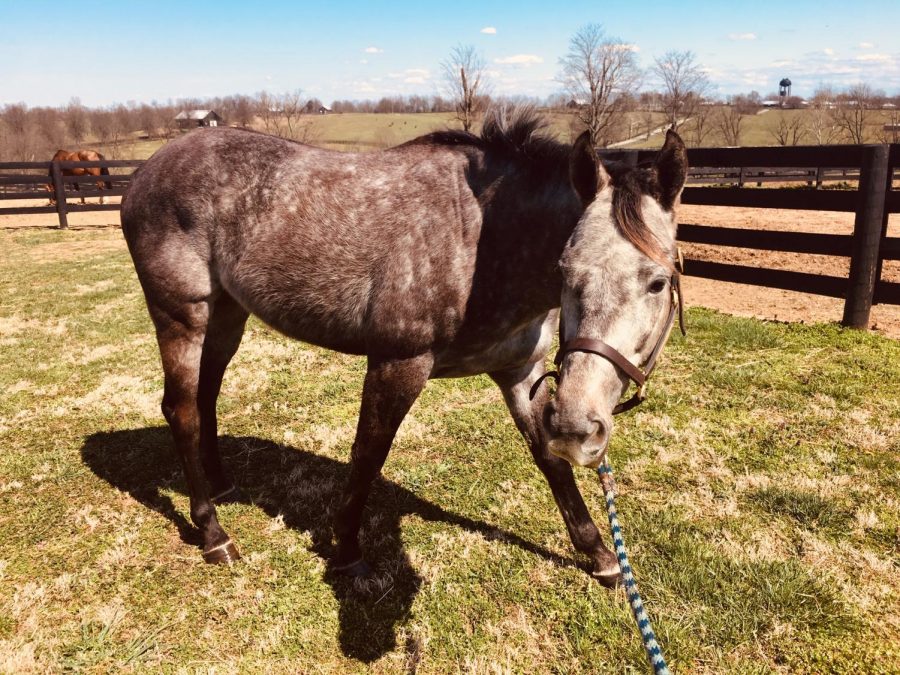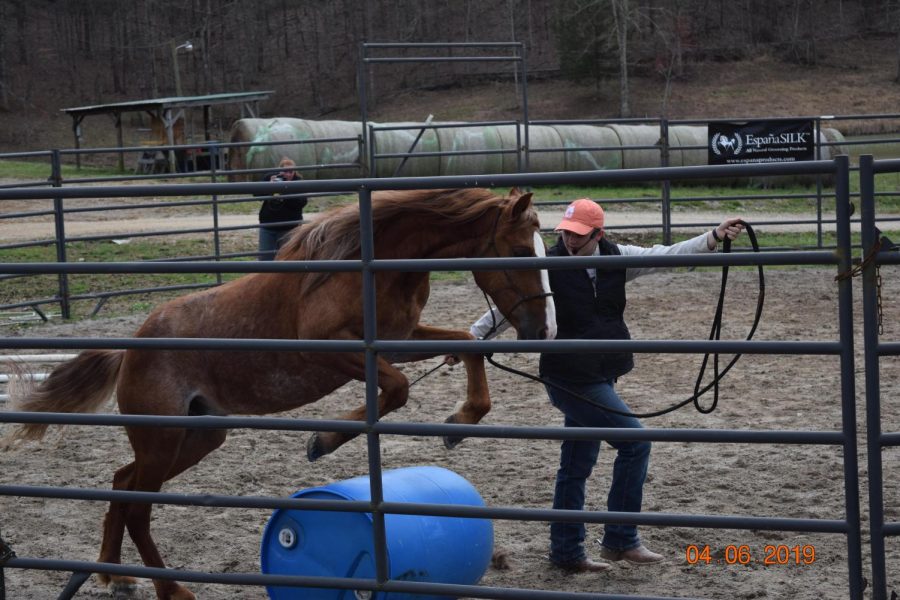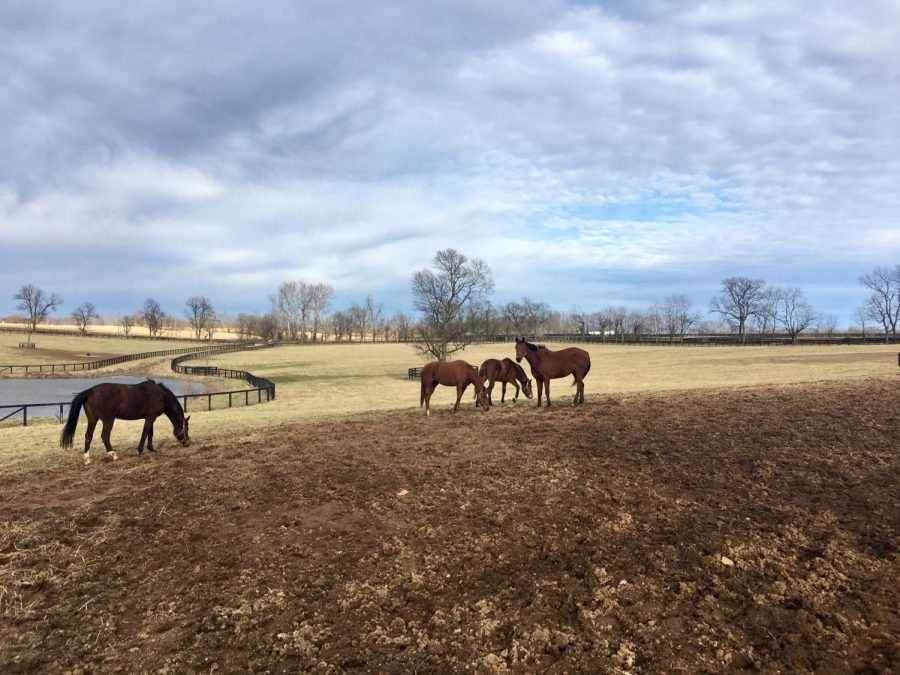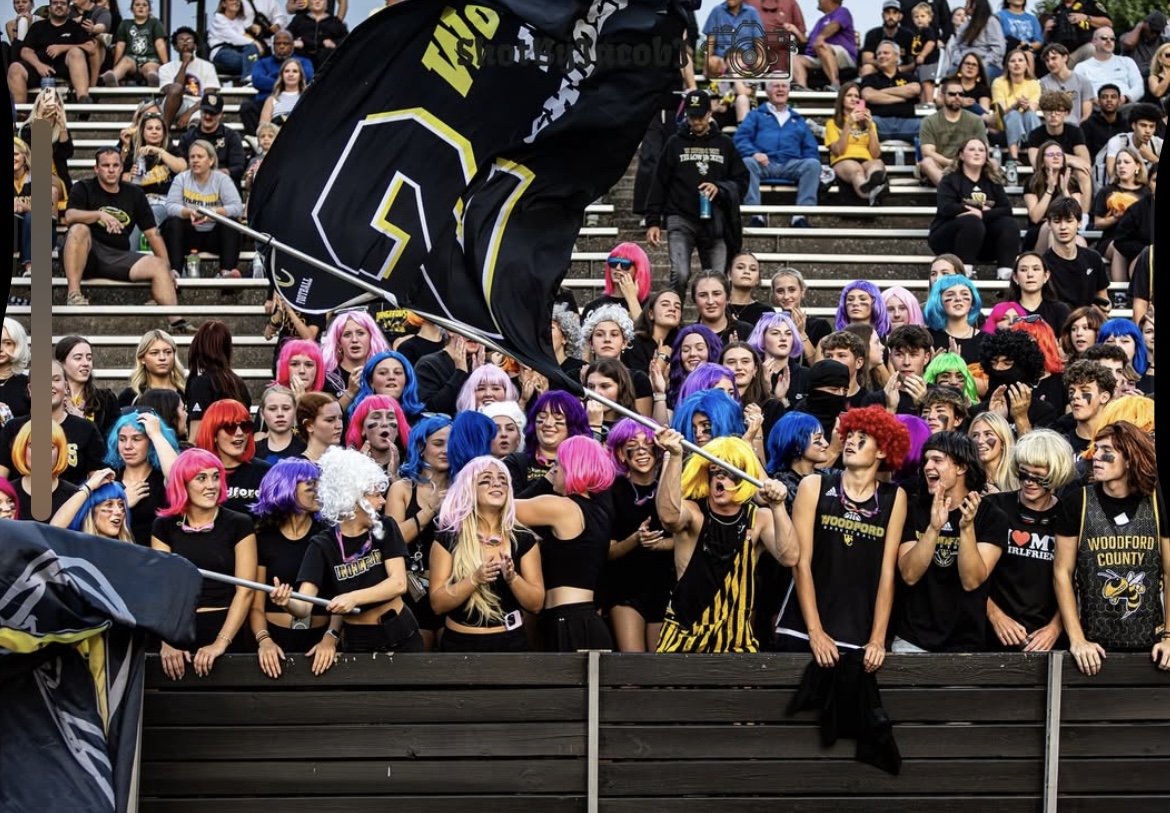Seabiscuit is the true story of a racehorse who was not all that right. With crooked legs and a short tail, he defied all odds to become an American icon. Seabiscuit captured the hearts of Americans during the Great Depression. The author, Laura Hillenbrand, does a fantastic job of retelling this American wonder’s story. The book focuses on Seabiscuit, the Stallion’s jockey Red Pollard, and his owner Charles Howard. The tale inspired and gave hope to many Americans and others worldwide.
The story begins with Seabuiscuit’s origin; he was born in Lexington, Kentucky, and grew up in Paris, Kentucky. He was bred from the well-known and ultra successful racehorse Man O’ War. Initially, he was described by many as lazy and difficult to train. He lost every one of his first seventeen races, usually finishing in the back. However, one trainer named Tom Smith saw the potential in Seabiscuit after being reassigned to him and took it upon himself to turn Seabiscuit into a winning horse despite his flaws. He was patient with the horse and known to use unconventional methods to ensure Seabuiscut succeeded.
Later on, Seabiscuit would be paired with an experienced jockey named Red Pollard. Pollard had been around horses since birth. The jockey was very resilient, overcoming many hardships of his own, including physical injuries, most notably a badly broken leg, which almost took him out of the sport completely. From the beginning, Pollard felt a strong bond with Seabiscuit, which allowed him to connect with the stallion. This allowed Pollard to ride Seabiscuit in a natural way and allowed for the best results.
Seabuiscuit’s owner was none other than Charles Howard, a known automobile dealer and thoroughbred racehorse owner. Just like Seabiscuit and Pollard, Howard experienced hardship in the death of his 15-year-old son in 1926 on the family’s farm in California. Howard felt empathetic towards the horse and viewed him as a strong underdog. Howard was convinced that Seabiscuit was something special and invested heavily in the horse. Ultimately, Howard’s investment into Seabiscuit turned out to be a wonderful success, not just in financial terms (even though he won over $437,000, equivalent to around 6.2 million today) but in how Seabiscuit influenced the imagination of the American public during the Great Depression. Howard was also the one who put together the team of Tom Smith and Red Pollard. With all these influences and hard work, Seabiscuit came upon his most notable victory. He defeated 2 time triple crown winner War Admiral, who was also bred from Man O’ War.
In conclusion, a horse that was too small, had crooked legs, and just wasn’t right in some people’s eyes would become one of the most influential pieces of sport in history. In all, he won the US Horse of the Year award in 1938 and the US Champion Handicap Male in 1937 and 1938. Totaling over $6.2 million (adjusted for inflation). It is safe to say that Seabiscuit proved all the doubters wrong and that anything is possible.
Read more about Horse Racing here; Seeing Secretariat


